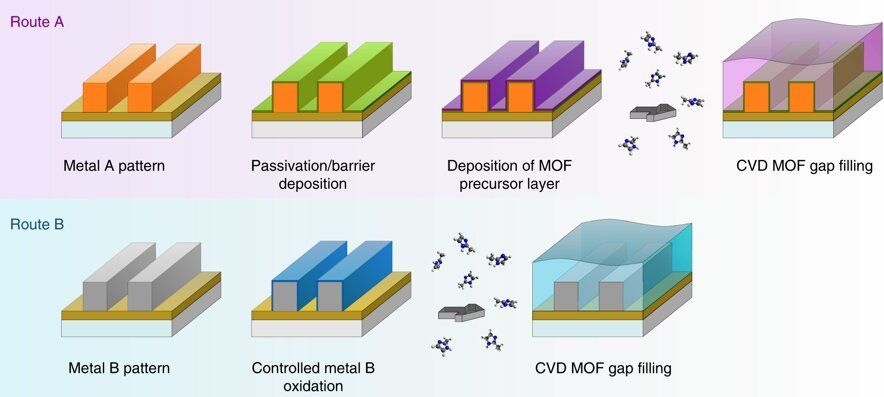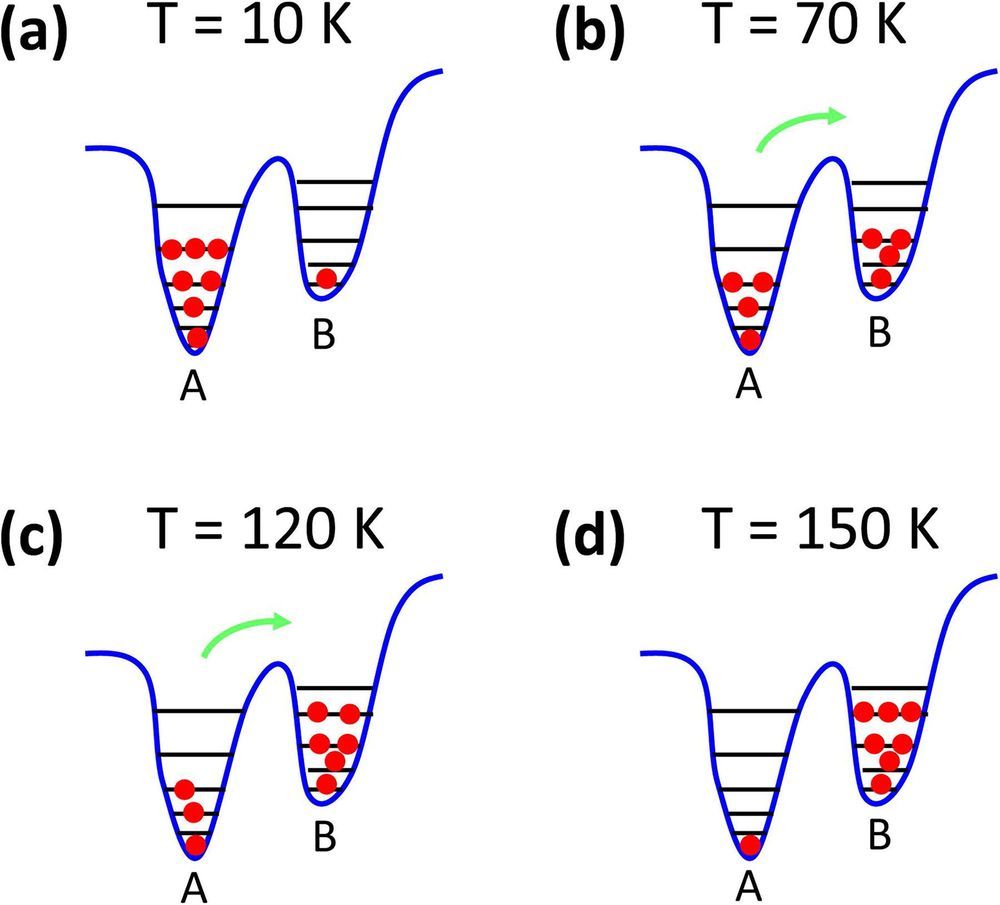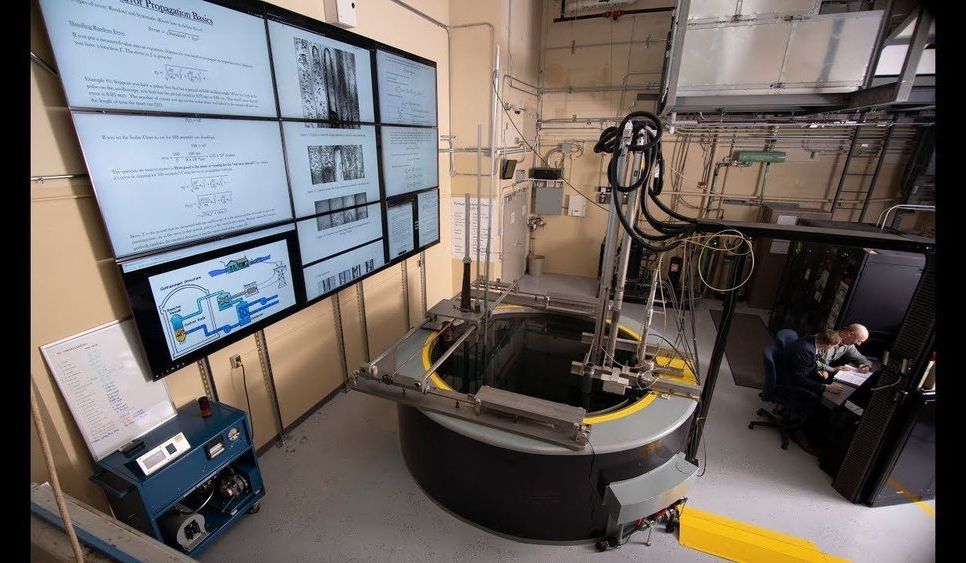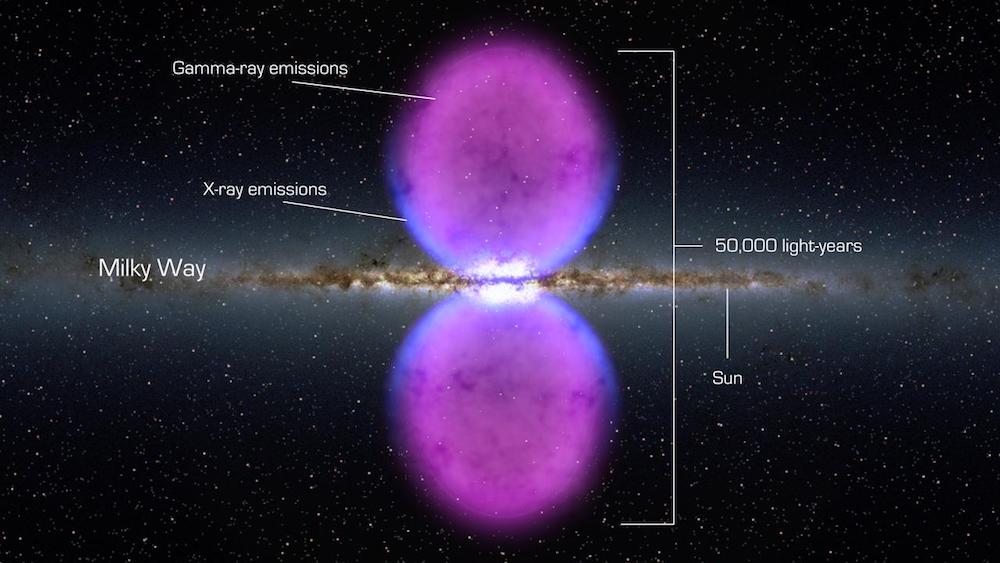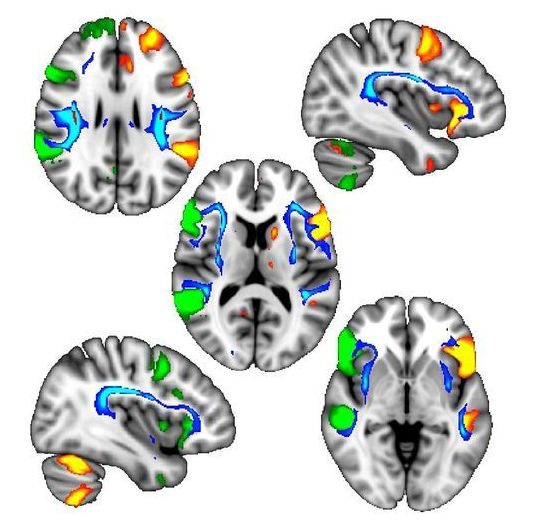Sep 5, 2019
Stretching proteins with magnetic tweezers
Posted by Genevieve Klien in category: biotech/medical
Physicists at LMU have developed a highly sensitive method for measuring the mechanical stability of protein conformations, and used it to monitor the early steps in the formation of blood clots.
As the central mediators of cell function in biological organisms, proteins are involved in the execution of virtually all cellular processes. They provide the internal scaffolding that gives cells their form, and enable cells to dynamically alter their morphology. They transport substrates back and forth across membranes, and they catalyze most of the chemical reactions that take place in cells. In the course of these tasks many proteins are subjected to external forces. Indeed, some “mechanosensitive” proteins effectively measure the strength of the forces acting upon them and are activated when the imposed force exceeds a given threshold value. Von Willebrand Factor (VWF), which initiates the formation of blood clots, is an important representative of this class.
The mechanical forces required to activate proteins like VWF are often so small that their magnitude could not be determined using existing methods. Now, a team of scientists led by LMU physicists Dr. Martin Benoit and Professor Jan Lipfert has developed a much more sensitive procedure. Their “magnetic tweezers” can quantify forces that are 100 times smaller than the commonly used alternative method currently available. As Lipfert and colleagues report in the journal PNAS, they have employed the technique to observe the unfolding of the VWF protein under the influence of low mechanical forces.



